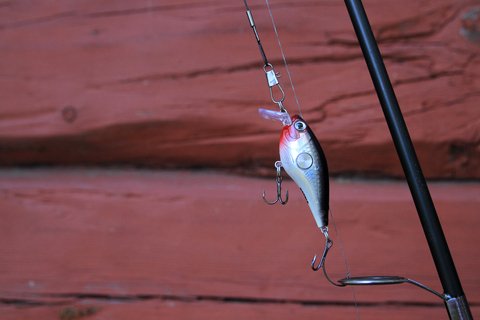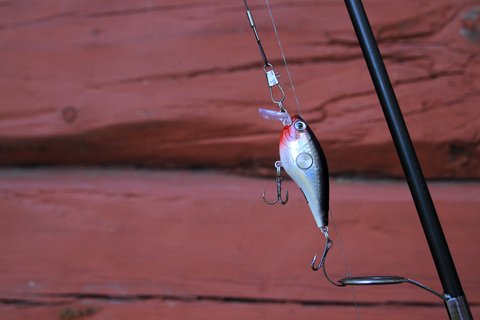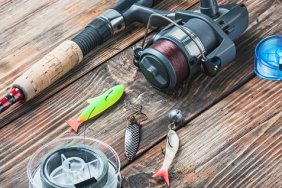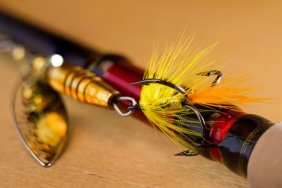
Color catches fish. It’s a fact, but many anglers are unsure of what lure color they should use based on the conditions at hand.
Lures are marketed in dozens upon dozens of different colors, from the drab to the bright, and everything in between. Why so many colors? Because different water conditions require different colors to attract fish. Unfortunately, most lure packaging does not come with instructions on when to use a specific color, so anglers are left to guess.
Well, guess no more. It is time to break down the mysteries of color selection.
The first thing to remember about color is that fish see color, and the way they see it depends heavily upon the clarity and depth of the water. Some fish, specifically those that typically feed during the daytime, like trout and bass, see color better than fish that regularly feed during low-light hours, like the walleye or catfish. Yet, they all see color to some degree.
The next important point to focus on is color and how it presents in the water. Colors appear differently in water than they do out of the water, depending on the wavelength of the color of light. I good tool to remember is the rainbow, from red to violet. Red has the longest wavelength and the wavelength of colors gradually decreases, moving along the rainbow to violet, the shortest wavelength. Why is this important? In water, the light’s energy is absorbed, which most greatly affects colors with the longest wavelengths. This means, that a bright red or orange lure begins to look increasingly dark, the deeper it goes. Whereas, a blue or violet lure would still appear violet or blue at a greater depth.
How deep do the colors go? Depending on the brightness of the day and clarity of the water, blue can still appear blue at depths of 100 feet or more. In contrast, reds and oranges can look completely black at 20 to 30 feet. An overcast day reduces the depth to which light can penetrate, so these depths are significantly reduced. The same thing is true as light increases or decreases at dawn or dusk.
In addition to light and depth, another important factor to take into account is water clarity. In very murky or turbid water, a bright color like orange is going to be more visible to a fish in shallower water than blue or purple. White is even more visible.
At night, color becomes almost a non-factor, although lures that are very shiny or that glow in the dark may give an angler a slight edge.
There is no magic color that makes a fish strike a bait, but choosing colors that are more effective at a given depth, or during different light or water clarity conditions can play an important role in catching more fish. Choose colors that match the conditions at hand and remember, it is not important how the lure looks in the boat, but how the fish sees the lure when it is being pulled through the water.








